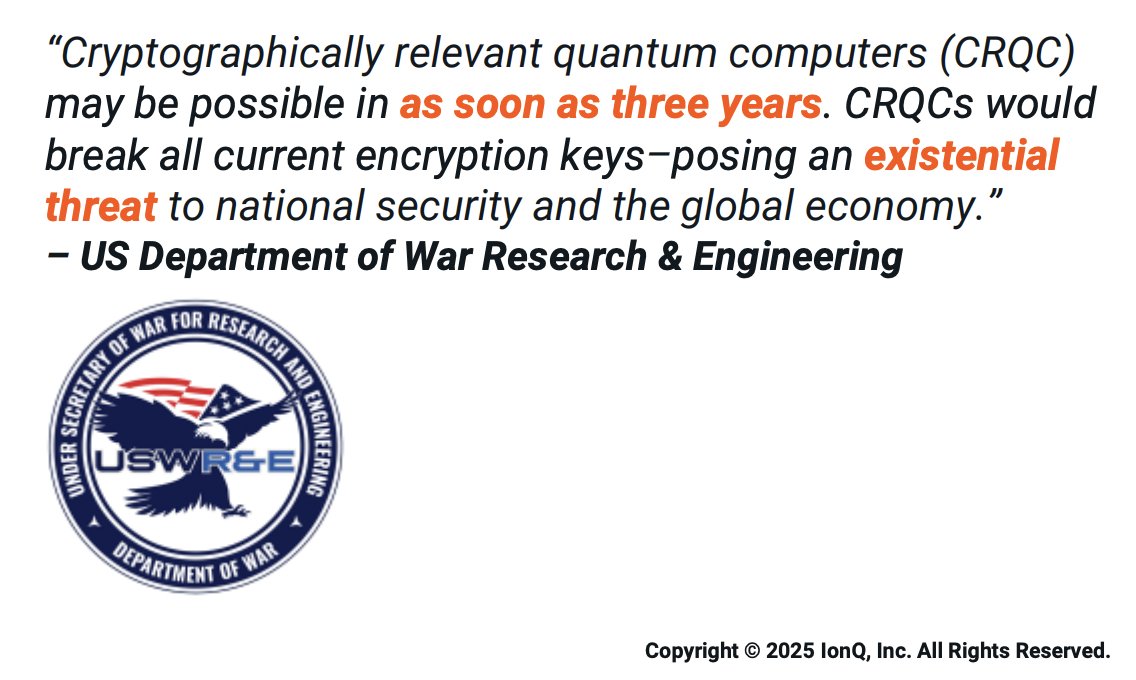
Alex Pruden
@apruden08
CEO Project11 @qdayclock, Chairman @aleoHQ, Contributor @zeroknowledgefm, Founder @z_prize; Former @a16zcrypto, @coinbase, @standfordGSB, and green hat @USArmy
ID: 3430235213
18-08-2015 17:50:37
2,2K Tweet
7,7K Takipçi
554 Takip Edilen



We've contributed to the next evolution in post-quantum cryptography with zooko🛡🦓🦓🦓 ⓩ (Shielded Labs) and JP Aumasson (Taurus) cc Alex Pruden Conor Deegan





Crypto has to migrate to post-quantum digital signatures to truly future-proof. But those signatures come with a trade-off: they're large and slow. That's why I'm proud to announce this collaboration with colleagues @conordeegan, zooko🛡🦓🦓🦓 ⓩ, and JP Aumasson to release ML-DSA-B, an



Surprises while verifying post-quantum signatures on a MacBook by David Nugent Migrating to post-quantum cryptography impacts performance differently depending on hardware, firmware, software, and use case. In this post, we migrate a Rust system from the quantum-vulnerable EdDSA

This is why you need to build in crypto-agility to truly future-proof digital assets. As Martin Shkreli puts here, every code base is ultimately breakable on a long enough time scale (and who's to say there isn't an as-yet-undiscovered attack on classical ECC)?



We’re excited to announce that Michael Gronager (Michael Gronager), Founder and former CEO of Chainalysis, is joining Project Eleven as an advisor. A pioneer in blockchain analytics and infrastructure, Michael has been at the forefront of building trust and transparency in the digital

